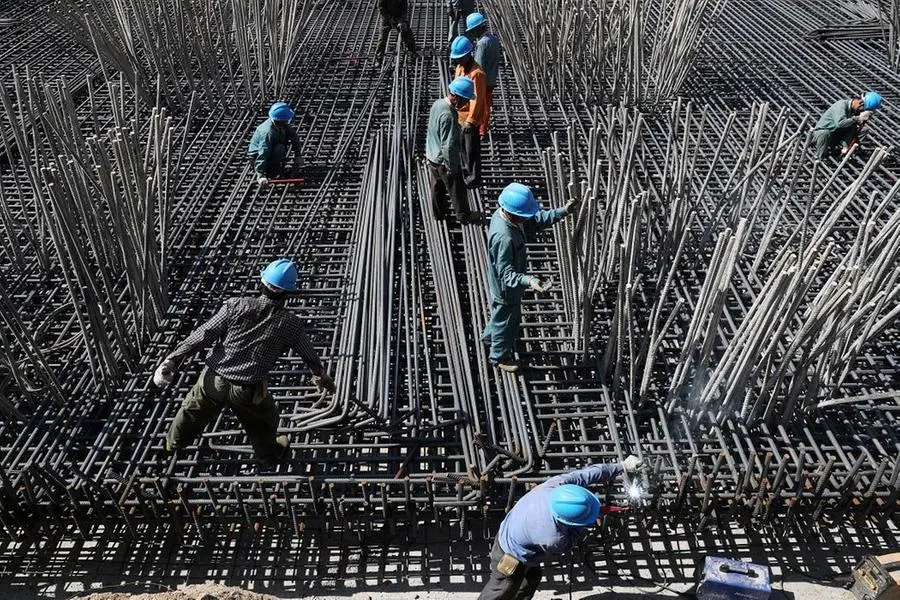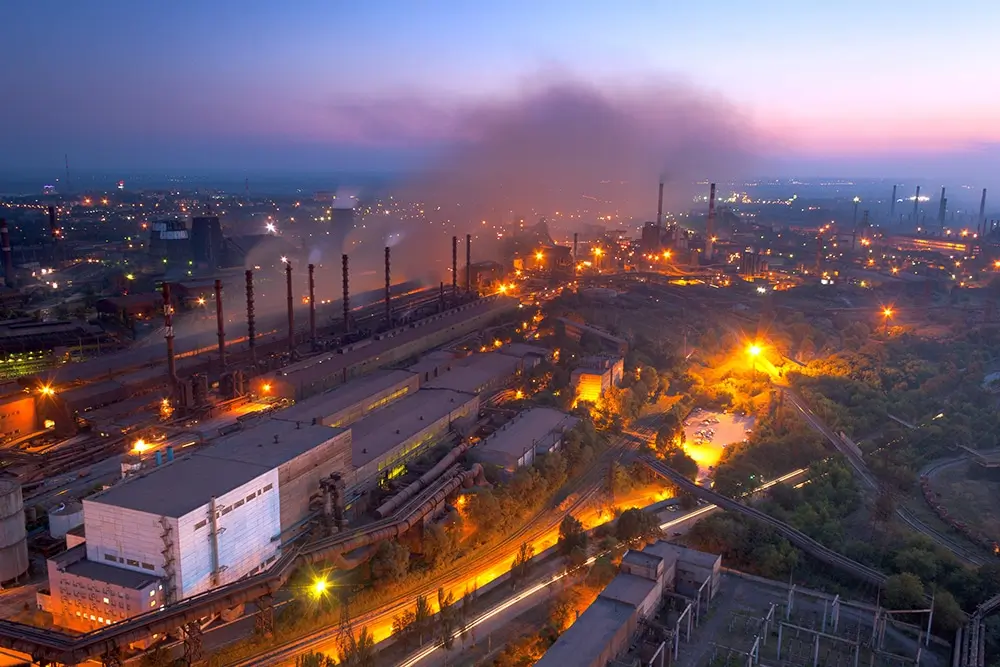Leading Indian steel producers, including JSW Steel Ltd (JSTL.NS) and Tata Steel Ltd (TISC.NS) are expected to invest billions in a record capacity increase to benefit from rising domestic demand in one of the world’s fastest growing economies.
A spurt in economic activity and a revamp of broader infrastructure have drawn steel makers from around the world to India, where demand is rising. In Europe and the United States, it is falling. Analysts and company data showed major mills were planning to increase capacity by at least 22 million metric tons in the fiscal year beginning April 2024.
Jindal Steel and Power (JNSP.NS) is expected to add 6 million metric tons to existing capacity of around 9.6 million metric tons and Tata Steel said it was adding 5 million tons to its capacity of 21 million tons.
JSW Steel, India’s largest steel maker, has said in results reports it aims to increase capacity to 38.5 million tons by 2024/25, up from 27.5 million tons domestic capacity now.
None of the companies has said how much it will be spending on capacity, although analysts, who said the expansion was unprecedented, predicted it would be billions.
“We expect JSW Steel will spend $2-$2.2 billion a year towards brownfield expansions, scaling up its iron mining capacities in Odisha, raw material efficiency projects and downstream projects,” Hui Ting Sim, an assistant vice president, Moody’s Ratings in Singapore, said referring to the eastern Indian state.
Together with Japan’s JFE Steel, JSW Steel said in February it would invest 55 billion rupees ($662.85 million) in an Indian joint venture to produce grain-oriented electrical steel, used in manufacturing transformers.
Tata Steel meanwhile, is expected to spend between $1.21-$1.51 billion in 2024/25, Lakshmanan R, head of South & Southeast Asia corporates at CreditSights in Singapore, said.
Anshuman Bharati, an analyst at S&P Global Ratings in Singapore, meanwhile, expected India’s steel consumption would grow between 8% to 10% in 2024/25. During April-January, India’s steel consumption rose by 14.5% to a six-year high of 112.5 million metric tons.
Source: Reuters








